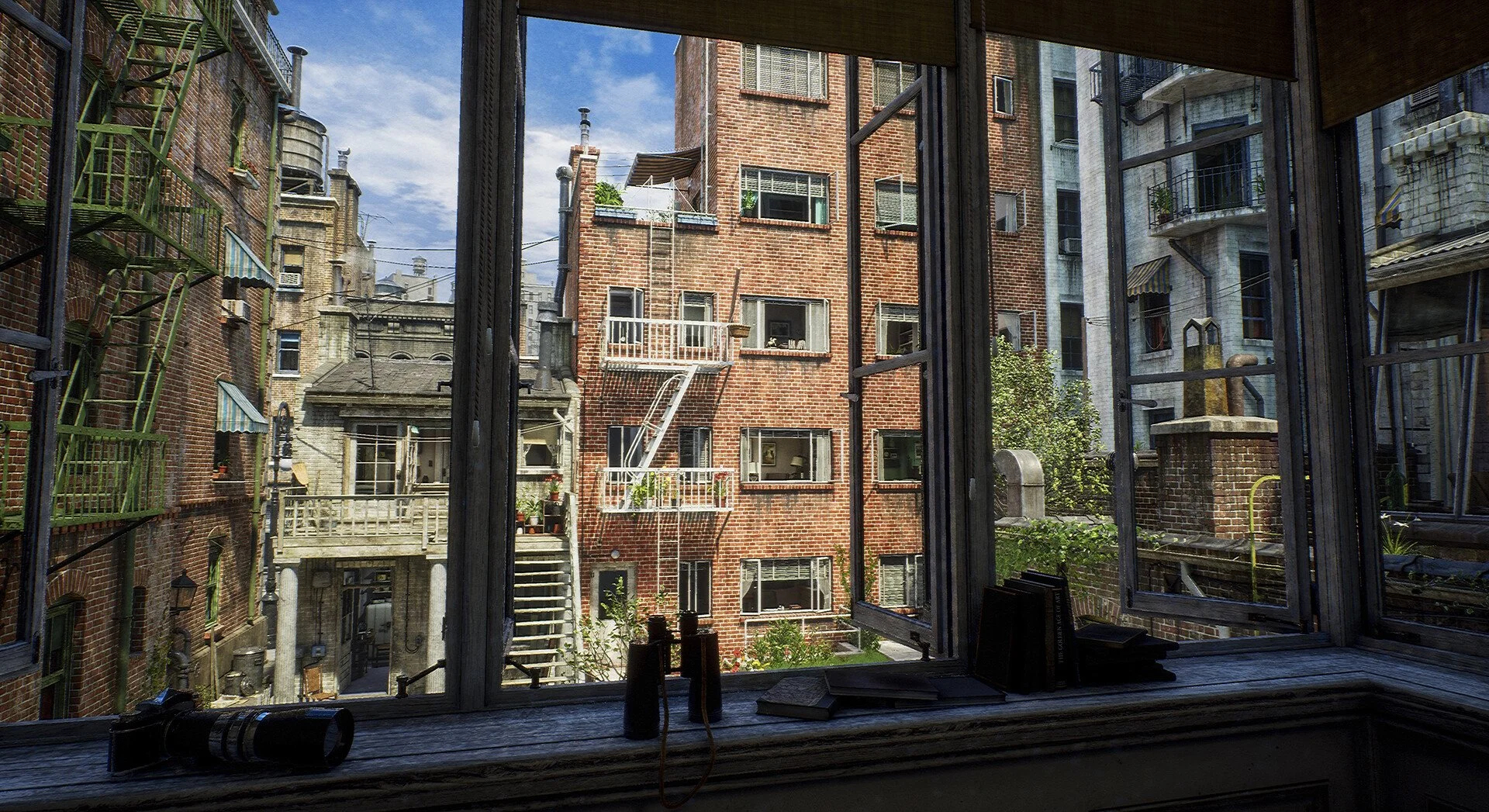SCREENING QUESTIONS
PRE-SCREENING BACKGROUND QUESTIONS (CONTEXT EXPLORATION)
Briefly describe what your expectations for the film were?
William Friedkin’s 1971 film The French Connection was one of the first special edition DVDs I ever bought in the early 2000s, alongside its sequel, The French Connection II. The special edition featured two discs packed with a plethora of bonus features including a feature length commentary by director Friedkin, scene specific commentaries by actors Gene Hackman and Roy Scheider, as well as other behind-the-scenes features. A decade later, I would replace the DVD copies of both films with BluRay copies.
What did you already know about the film and from what source?
My mom has always had a love of true crime stories, and I’m certain I first learned from her that The French Connection is based on a nonfiction book of the same name by Robin Moore, first published in 1969. Both the book and the film examine the true story of the largest drug bust in the history of the New York Police Department.
The Internet Movie Database notes how the 44th Annual Academy Awards saw The French Connection nominated across eight categories, winning in five (including best actor, best adapted screenplay, best director, best film editing, and best picture). Sometimes, the films that should win awards do not necessarily match up with the films that do win, but in the case of The French Connection, its nominations and wins are well deserved.
Finally, the Wikipedia page for The French Connection notes how founder Alvin Copeland of Popeyes Louisiana Kitchen Inc, an American multinational fast-food chain of fried chicken restaurants, had named his chain after Hackman’s character from The French Connection, Jimmy “Popeye” Doyle. 20th Century Fox had released The French Connection a year prior to Copeland founding his chicken chain.
What did you know about the country and historical period/style of its origin?
Police Departments in America during the 1960s and 1970s, especially in New York were rife with corruption. In June 1969, a series of demonstrations against a New York Police Department (NYPD) police raid of the Stonewall Inn in Greenwich Village, which marked yet another crackdown on the local gay, lesbian, drag, and transgender community. The Stonewall riots highlighted how the legal system had been anti-homosexual.
In the late 1960s, NYPD Detective Frank Serpico would bring credible allegations of corruption in the NYPD to police brass in a series of complaints that they ignored. As a result, Serpico took his complaints about the NYPD to the press, authoring a front-page article for the New York Times, elevating the issue to a national discussion on corruption at forces across America. In 1970, New York Mayor John Lindsay formed a commission led by New York City attorney Whitman Knapp, to examine allegations of corruption on the force by Serpico and another officer, Sergeant David Durk. The commission Knapp led became known as the Knapp Commission, and it would turn into a comprehensive, two-year probe which led to systemic changes that altered how the New York Police Department responded to allegations of corruption. Serpico’s complaints would also form the basis of the 1973 Sidney Lumet film Serpico starring Al Pacino.
According to Tejvan Pettinger, writing for the Economics Help website, the early 1970s in America saw a brief period of strong economic growth: living standards were rising; property prices were also rising; and there was a growth in the use of consumer credit cards. This period of growth would not last however, as an extended period of stagflation would set in, where inflation and unemployment increased as economic output fell. New York City itself however, presented a much different story as reflected in the landscape shown in The French Connection.
By contrast, 1960s New York City saw a steady decline in both its economic and social conditions, which are now known to affect people’s mental health, leading to increased stress, pressures in relationships, as well as increased instances of violence in families. The city itself was in a steady state of decay, riddled with high rates of crime during the 1970s. Block after block of city streets saw buildings crumbling and left to rot, their windows boarded up and their seedy insides housing the homeless, many of whom were addicted to a wide variety of drugs. Some parts of the city saw buildings reduced to rubble, mirroring the kind of devastation that existed in Europe following World War II.
